According to her own notebook, the idea for Strangers on a Train came to its author, Patricia Highsmith, in December 1945, while she was walking along the Hudson River in upstate New York with her mother, Mary Coates, and her stepfather, Stanley Highsmith. Given her fractious relationship with her mother, it is not surprising that the idea for a novel – two people swapping murders – came while in the company of the woman she thought of as her lifelong enemy.
Divorced from Patricia’s father nine days before she was born in 1921, Mary spent most of her daughter’s childhood courting a new suitor, Stanley. When Patricia was 12, her mother and stepfather left her with her grandparents in Fort Worth for a full year, preferring to fight each other in the privacy of their New York apartment. Pat never got over it and spent the rest of her life seeking out the company of pet snails and cats. Her relationships with other women were complicated, volatile and usually ended badly.
Yet Highsmith developed the skill of turning her personal misery into compelling fiction. Seldom was this better realized than in her first novel, Strangers on a Train, which turns 75 this year. It was memorably transferred to the silver screen by Alfred Hitchcock, but the book, which has perhaps suffered by comparison, deserves to be re-evaluated: it is one of Highsmith’s most accomplished journeys into humanity’s dark side.
The narrative hinges on two men meeting by chance on a long train journey and discussing the idea of each committing a murder for the other, so that there is no way of tracing either of them back to the victim. Guy Haines is an architect on the brink of a grand career, stuck in a toxic marriage to a woman who refuses to divorce him. Charles Bruno is an alcoholic mama’s boy with access to a huge inheritance – if only he could get rid of his philandering father.
The book explores the tense relationship between the two strangers as Bruno, having committed the initial murder, insinuates himself into Guy’s life, becoming first a tiresome pest and then a threatening presence. Highsmith presents Guy as initially hostile to Bruno.
But as the story unfolds, Highsmith shows that both men are drawn powerfully to each other, answering some deep, unconscious need within themselves.
Inspiration came from many sources, including Albert Camus’s 1942 novel L’Étranger. Highsmith admired the way its central character drifted into an abstracted state of mind after killing an Arab. She was also influenced by the news story of Robert Murl Daniels, a multiple murderer whose newspaper photo she had pasted in her diary, and Dostoevsky’s Crime and Punishment. Highsmith referred to the Russian novelist as “the master” and there are many parallels between the two books, not least the agonies of guilt and madness in the aftermath of committing murder, and the perpetrator’s attempts to justify the killings due to the moral inferiority of the victims.
When she began the book, the 24-year old Highsmith was working tirelessly to become a professional writer. She had abandoned the 30-page manuscript of an unpublished novel and spent the rest of the year penning more than a dozen suspense short stories, unsuccessfully pitched to magazines despite the help of a literary agent. She earned a modest income by writing storylines for dime-store comic books, occasionally working with Stan Lee of Marvel Comics. But her idea for Strangers on a Train was in another league altogether.
Highsmith would not complete the first draft until 1948, at the Yaddo writer’s retreat in Saratoga Springs, New York. Success came swiftly: it was immediately bought by Harper & Brothers for its “Novel of Suspense” imprint. The title came from Highsmith’s fiancé Marc Brandel, to whom she had become engaged despite continuing numerous lesbian love affairs. Poor advice – particularly from her mother – had led her to the belief that she could “cure” her homosexuality by marrying a man.
Instead, Highsmith’s primary devotion, for which she suffered in life, was to her characters, who charmed, repelled and delighted her. She was a sort of method writer, steeping herself in the minds of her protagonists until they became an extension of her. At times, this verged on automatic writing, over which she only had limited agency. “I am so happy when Bruno reappears in the novel,” she noted in her diary in 1947 while writing Strangers on a Train, “I love him!”
She was a method writer, steeping herself in the minds of her protagonists until they became an extension of her
Upon publication on March 15, 1950, the book was an immediate success with both readers and critics. Eleanor Roosevelt praised the novel in her “My Day” column, which was syndicated in 62 national newspapers. This led to a huge spike in sales of the book. A bidding war quickly erupted for the film rights, with an anonymous buyer securing them for a paltry $7,500. This turned out to be Hitchcock, who insisted on owning the rights in perpetuity.
Crafting the screenplay for the film did not go well. After being turned down by John Steinbeck and Dashiell Hammett, Hitchcock went with noir legend Raymond Chandler, who had cut his teeth as a screenwriter on Double Indemnity. But after several rewrites nobody was happy with the script and Chandler was dropped, though his name does appear in the credits.
It ended up being written by the little-known Czenzi Ormonde. The film was received well by audiences upon its release in 1951, but represents a considerable departure from the book. Hamstrung by the censors, the picture lacks the novel’s dark exploration of dualism and gives the story a safe Hollywood veneer by turning one of the lead characters into a hero.
In the film, Guy Haines (Farley Granger) is a tennis pro with a winsome smile and floppy hair, a social climber reluctant to carry out his side of the murderous bargain. In the novel, Haines is a complex character with a streak of selfishness, an architect who “felt rather like two people, one of whom could create and feel in harmony with God when he created, and the other who could murder.” Guy is devoted to his mistress, Anne, who was born into a wealthy family and is kindness personified, offering an angelic counterpoint to his scheming wife: “The taste of Scotch, though Guy didn’t much care for it, was pleasant because it reminded him of Anne. She drank Scotch, when she drank. It was like her, golden, full of light, made with careful art.”
The character of Anne in the film, played by Ruth Roman, was one of the main objections Highsmith herself made, when commenting on the film in a 1988 interview with Gerald Peary. “She should be much warmer. I thought it was ludicrous that [Guy is] aspiring to be a politician, and that he’s supposed to be in love with that stone angel.” She did, however, think that the scene-stealing Robert Walker was the right choice to play the psychopathic Bruno: “He was excellent. He had elegance and humor and the proper fondness for his mother.”
Since Hitchcock’s interpretation, several other films have alluded to its central narrative. The 1969 film Once You Kiss a Stranger switches the protagonists from male to female and the setting to a country club, but sticks to the central notion of two strangers swapping murders. And I wonder what she might have made of Danny DeVito’s 1987 film Throw Momma From The Train, which turned the tale into a self-referential screwball comedy. She never commented on the homage, including the scene where DeVito’s character fantasizes about stabbing his mother in the head with a pair of scissors. It’s a scene that Highsmith herself had penned in a very early short story.
So why should we still be reading Patricia Highsmith’s debut novel, 75 years on? All the themes and character types explored throughout her 50-year career are set out in Strangers on a Train. There are echoes of Tom Ripley – her most enduring character – in Charles Bruno, though she made Ripley much more likable and therefore popular, giving him five whole novels’ worth of literary life. Anyone embarking on a reading of Highsmith’s works would do well to begin with Strangers on a Train, as it is probably, with the exception of The Talented Mr, Ripley, the most accessible of her novels, and the one with the most conventional plot and pace.
Strangers on a Train was nominated for an Edgar Allan Poe Award just a year after publication – an impressive achievement for a first novel. It is now possible to regard it as the cri de coeur of a major 20th-century literary talent, which ably justifies the Dostoevsky comparisons and suggests that all her hard work and personal suffering was worth it in the end. A 1948 entry from her diary, written while she was working on the book, goes: “Generally it is selfishness in an artist. He sees it as selfishness for such a worthy cause, too. Generally, in one form or another, it is a self-preservative selfishness, in regard to his not giving enough of himself to the world or another person.”
This self-preservative selfishness meant that Patricia Highsmith saved the best and worst of herself for her novels, for which we should be grateful. And at its dark, complex heart, Strangers on a Train represents this brilliant author at her most contradictory – and greatest.
This article was originally published in The Spectator’s July 2025 World edition.



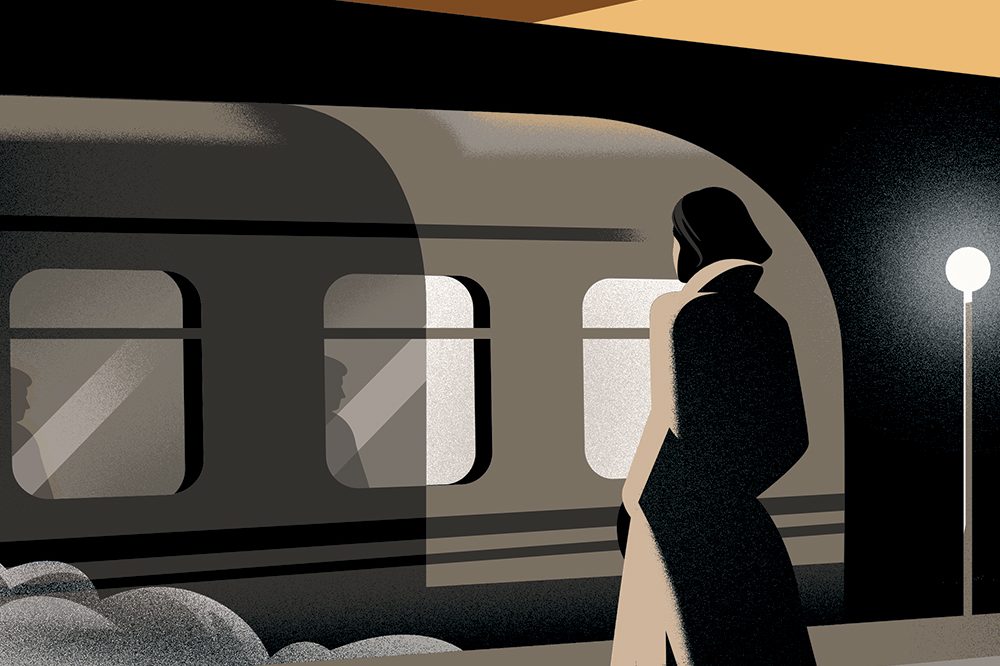


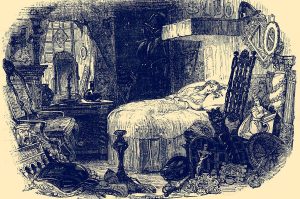

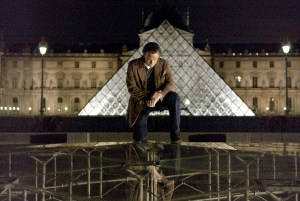

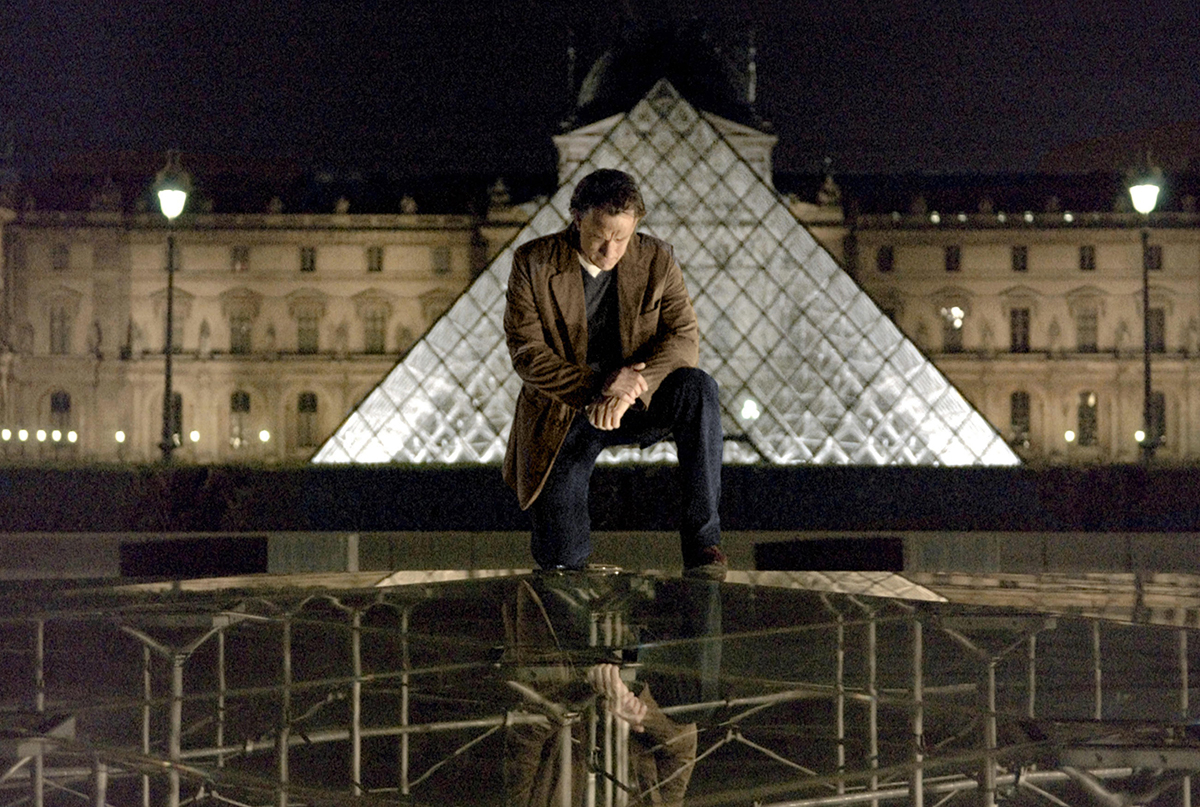

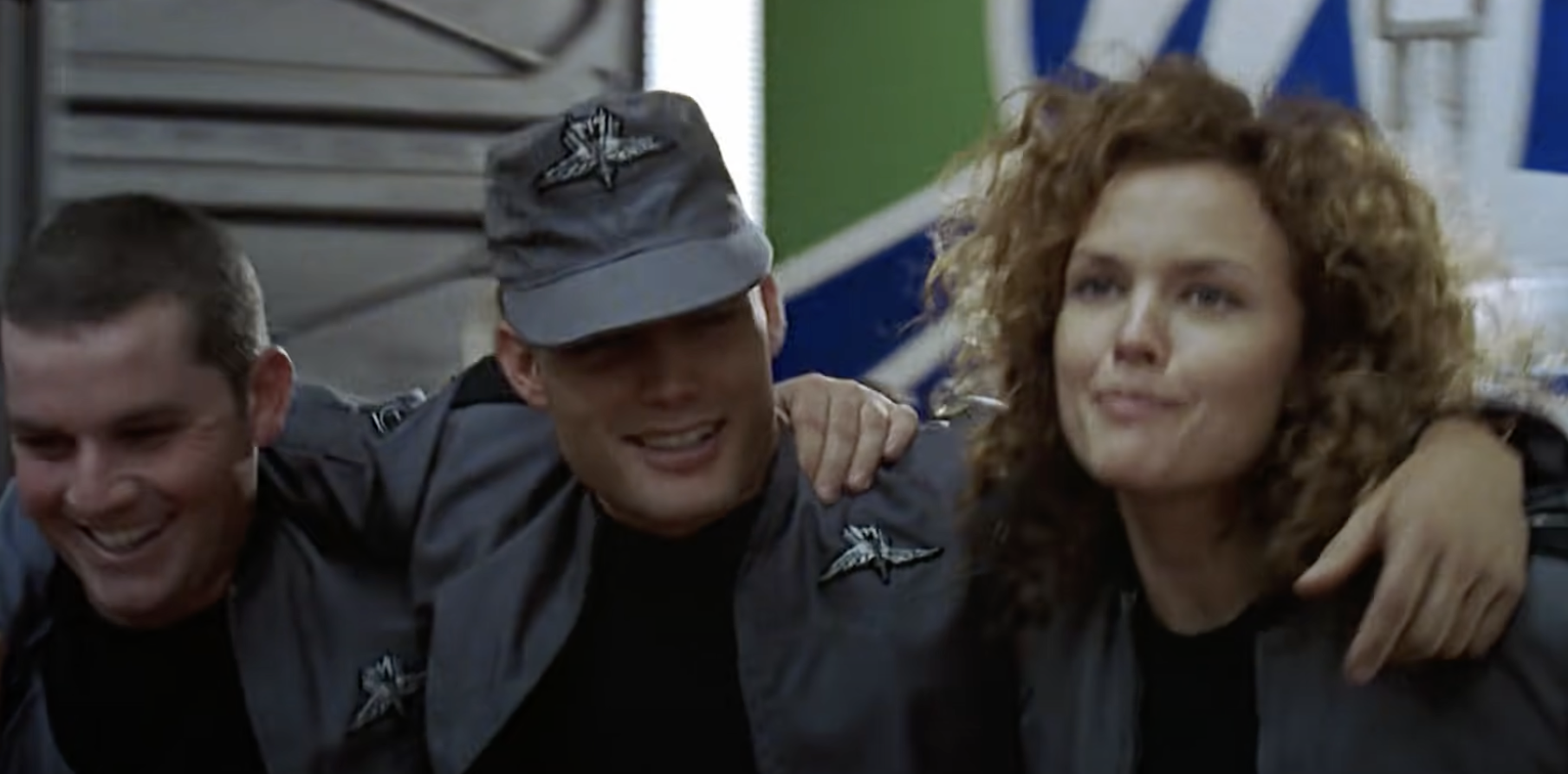

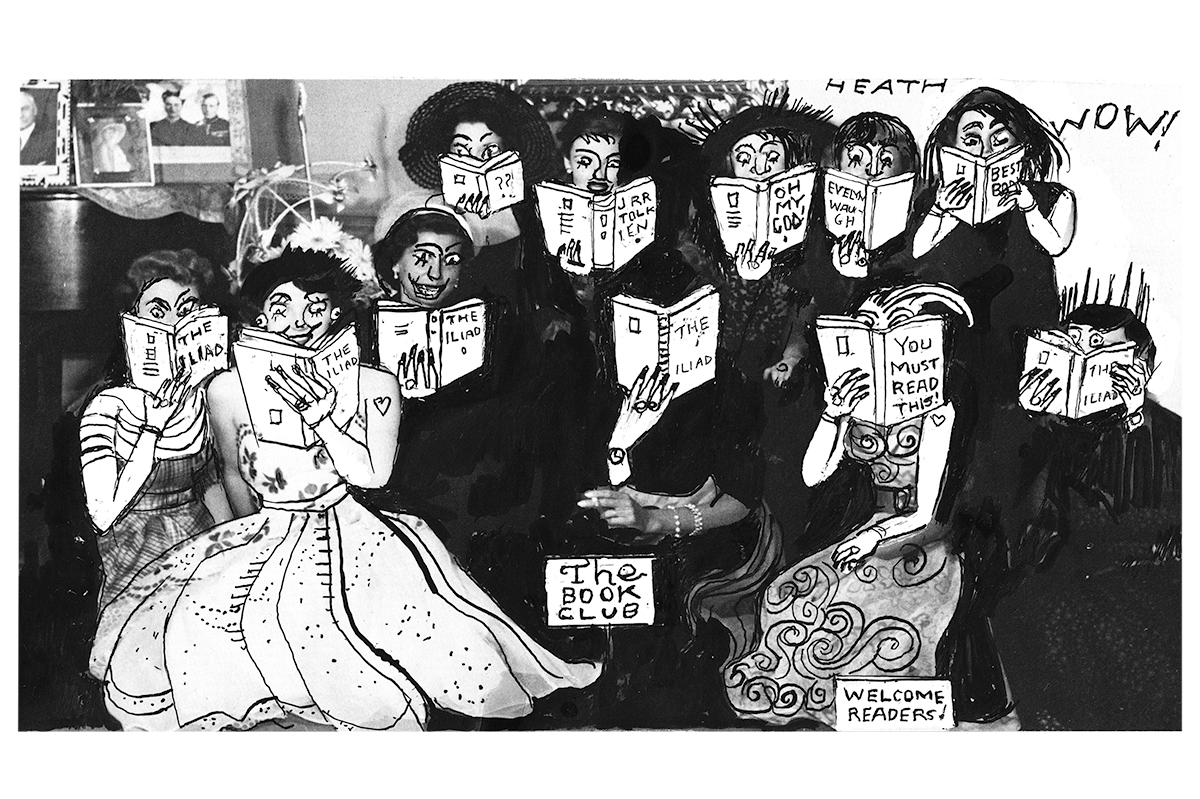




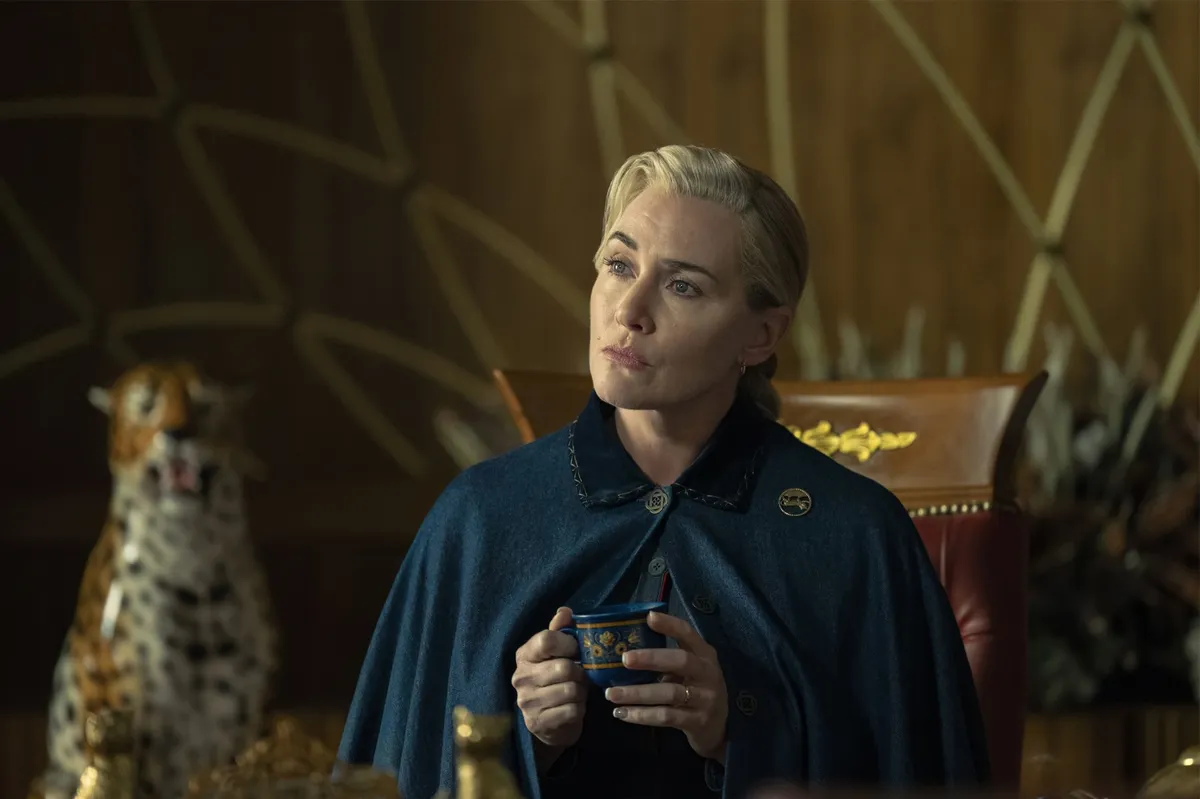


Leave a Reply